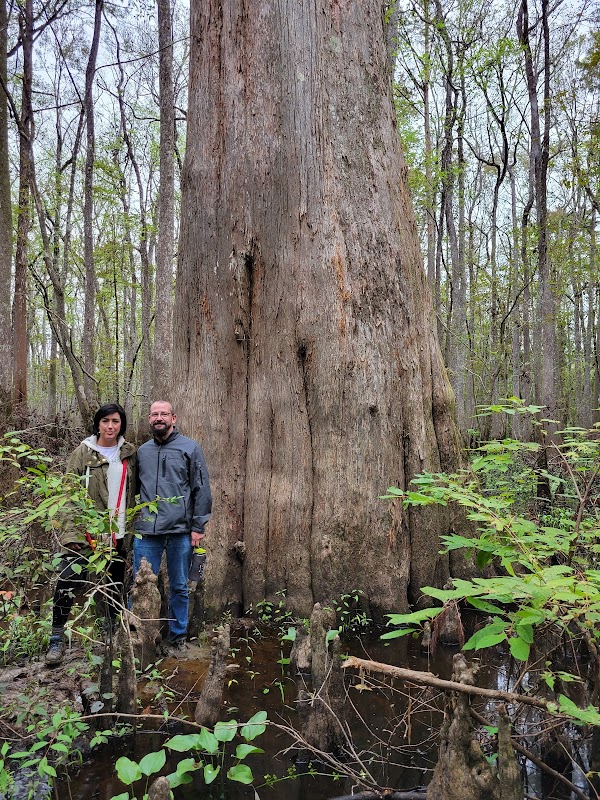Experience Alabama’s Coastal Waterway Tour as a shared adventure where tides, marshes, and coastal bluffs create a dynamic setting for groups. This guide offers practical advice to keep everyone comfortable, prepared, and connected throughout the journey.
Plan Around Tide Changes
Schedule paddling during mid to high tides for easier navigation and more restful breaks when waters slow.
Select Proper Footwear
Choose water-resistant shoes with solid grip to handle sandy and shell-strewn terrain safely and comfortably.
Use Group Communication Devices
Utilize walkie-talkies or mobile signal boosters to maintain contact when the waterway curves block line of sight.
Coordinate Rest and Meal Stops
Pre-select sheltered pavilions or safe shore points to ensure consistent breaks and group regathering without delays.
Maximizing Group Comfort on Alabama’s Coastal Waterway Tour

2 Hour Day Tour
Backwater and Coastal Tours • Dolphin Watching
Discover the calm beauty of Naples’s waters with Boat Naples' 2 Hour Day Tour. Perfect for small groups, this outing offers a relaxed paddle through scenic backwaters, complete with provided water and a chance to view wildlife up close. Read on to see why this tour stands out in Florida’s Gulf Coast adventure scene.
Alabama’s Coastal Waterway Tour unfolds over 36 miles where salt marshes push their tides against ancient oaks, and hidden inlets dare your group to explore. Planning this journey as a group adventure invites a unique rhythm: balancing individual pacing with collective flow. The route moves gently across primarily flat terrain, with occasional slight elevation through coastal bluffs, keeping physical strain moderate but offering plenty of moments to soak in sweeping estuary views.
The key to group comfort here lies in preparation tuned to variable coastal conditions. The tide’s pull can either ease your progress or nudge you forward with firm insistence. For groups, syncing hydration breaks to tide schedules means resting when currents rest, not against them. Footwear with secure grip is essential; sandy stretches give way to slick shell-covered flats prone to shifting underfoot.
Morning launches help dodge the hottest hours and soften encounters with biting insects that sharpen as the sun climbs. During this time, the waterway welcomes you with fog-softened light framing shorebirds as they patrol marsh edges. A practical advantage for groups: pre-arranged meal stops at designated park pavilions ensure everyone refuels without scrambling. Coordinating gear is just as vital—distributed weight across packs versus overloaded single carriers protects energy, especially on longer paddling legs.
Communication tools, like walkie-talkies or group-specific signaling, keep everyone connected even when waterway bends stretch line of sight. Equipment sharing—extra paddles, waterproof bags for valuables, and first aid kits—builds a safety net. Teamwork means less strain and more shared awe when dolphins slip past, curious and swift.
Lastly, respect for the waterway as a fierce and living entity shapes how the group interacts with the environment. Avoid disturbing nesting birds along shore, keep distance from marsh grasses that stabilize the land, and address trash rigorously. This careful approach maintains both the tour’s natural allure and the goodwill required for enjoying Alabama’s coastal wilds together.
With steady preparation and shared considerations, even the most varied adventurers find their stride. The waterway challenges but never overwhelms—inviting all to move together, comfortably, through a landscape both fragile and untamed.
Nearby Trips
All Adventures
Boat Charters
Water Activities
Adventures near Daphne
Discover the unique and memorable adventures that make Daphne special.
Frequently Asked Questions
What kind of wildlife might we see during the Coastal Waterway Tour?
Expect sightings of great blue herons, osprey, and occasionally bottlenose dolphins near river mouths. Marsh rabbits and a variety of shorebirds patrol the reed beds, especially in early morning.
Are there any hazardous parts of the route for larger groups?
Certain narrow inlets have strong currents during tidal shifts and may require cautious navigation. Groups should proceed at a controlled pace to avoid collisions or capsizing in these areas.
Is the route accessible year-round?
Yes, but tides and weather affect safety and comfort. Winter is chillier and requires more gear, while summer demands early starts to avoid heat and insects.
Can we camp along the Coastal Waterway route?
Designated campgrounds exist near launch points but not directly along the route. Group camping requires permits and advance coordination with local park authorities.
What makes this waterway ‘fiercely itself’ as an environment?
The waterway continually reshapes itself with tides, storms, and sediment shifts. Its wetlands are living fortresses against erosion, and the flora and fauna respond quickly to human presence, demanding respect and measured interaction.
What are reliable ways to keep the group connected?
Walkie-talkies are highly recommended where cell service is patchy. Establishing pre-arranged signals or check-in points helps maintain cohesion across bends and dense vegetation.
Recommended Gear
Waterproof Dry Bag
Protect gear and valuables from tides, splash, and rain during paddling legs.
Lightweight Waterproof Footwear
Keeps feet dry and secure over wet and uneven coastal terrain.
Hydration Packs or Bottles
Ensures steady hydration during long stretches without reliable refilling stations.
Multi-layer Clothing
Allows adjustment for temperature shifts and coastal winds.
Local Insights
Hidden Gems
- "A secluded shell ring formation near Fowl River that reveals early Native American history."
- "A quiet bird rookery visible from a bend east of Spanish Fort, rarely crowded except in spring."
Wildlife
- "Salt marsh fiddler crabs that appear as moving orange dots at low tide."
- "Migratory marsh hawks swooping low during fall winters."
History
"The waterway once served as a trading route for indigenous peoples and later as a strategic passage during maritime conflicts in the 18th century."
